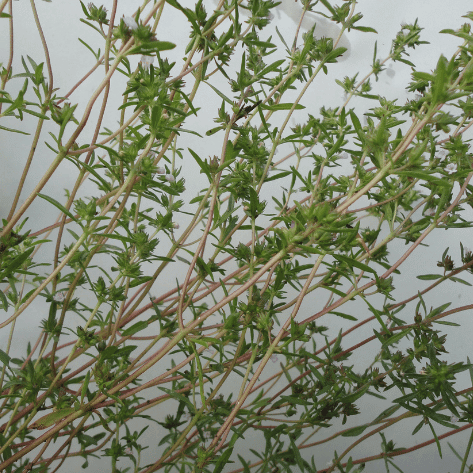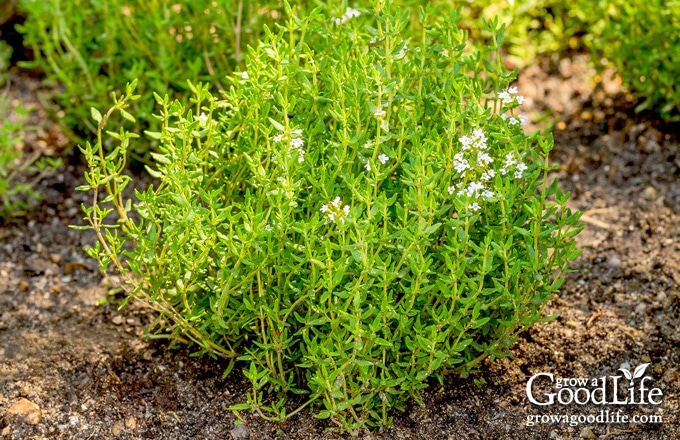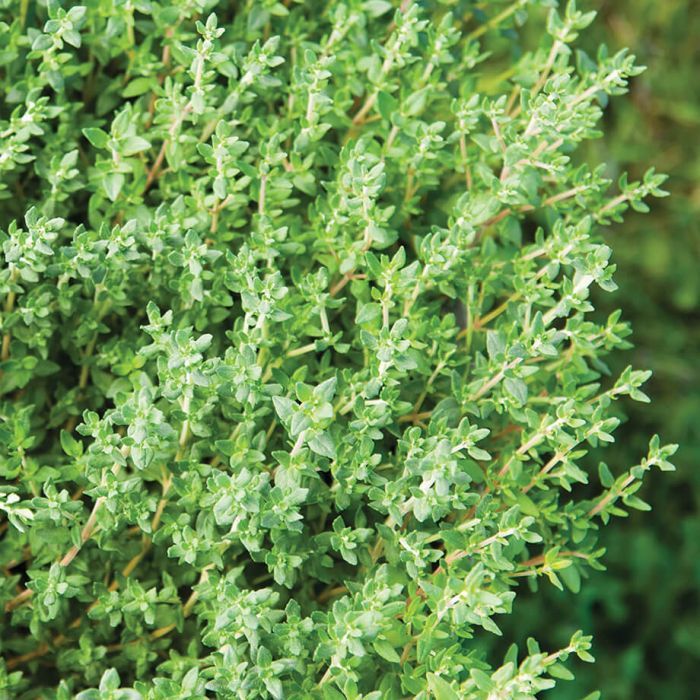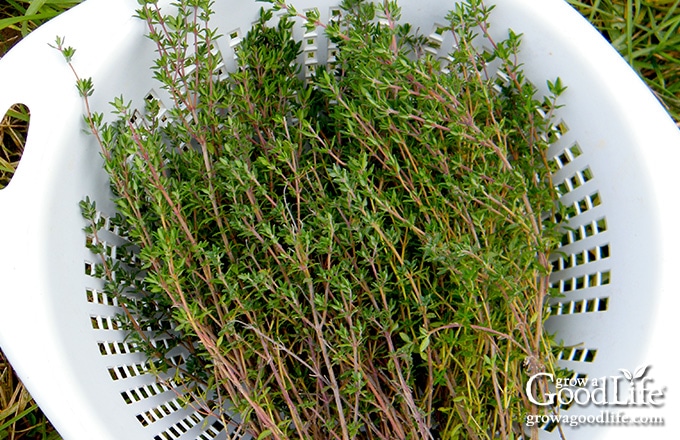Growing german thyme
I do not just appreciate this plant for its culinary uses; I revere it for its resilience, its medicinal properties, and its ability to transform a simple garden bed into a fragrant masterpiece. It is one of the foundational herbs in both my kitchen and my garden, and from my experience, cultivating it successfully is a deeply rewarding endeavor.
I recommend that every home gardener, from the novice to the seasoned expert, give German thyme a place in their landscape. From my perspective as a copywriter and a gardener, this plant is not just a food source; it is a story of tradition, of flavor, and of sustainable living. I will guide you through every step of this journey, from the initial seed selection to the final, triumphant harvest.
Understanding the Essence of German Thyme
What Sets German Thyme Apart?

Before we delve into the "howto," it is crucial to understand the "what." German thyme is often confused with its many cousins, but it possesses a unique profile. Its flavor is bold and earthy, with a peppery undertone that distinguishes it from the more lemony French thyme or the sweeter English varieties. I recommend using it in a variety of dishes, from slowcooked stews and roasted vegetables to marinades and herbal infusions.
The Ideal Climate and Soil Conditions
German thyme thrives in conditions that mimic its native Mediterranean habitat. It demands full sunlight—at least six to eight hours per day—to produce the most potent oils and robust flavor. I cannot stress this enough: sunlight is nonnegotiable. As for the soil, I have found that it prefers a sandy, welldraining medium with a slightly alkaline to neutral pH (6.5 to 8.0). Waterlogged soil is the primary enemy of thyme, so if your soil is heavy clay, I recommend amending it generously with sand, perlite, or grit to improve drainage.
Propagating Your Thyme Empire
There are three primary methods for propagating German thyme, and from my experience, each has its own unique benefits.

From Seed: Sowing seeds is a costeffective way to start a large patch. I do this by broadcasting the tiny seeds on the surface of a prepared seedstarting mix in early spring, as they need light to germinate. Do not cover them with soil. I recommend keeping the soil consistently moist but not saturated, and I find that a humidity dome or a plastic bag helps to maintain a stable environment. Germination can be slow, sometimes taking up to a month.
From Cuttings: This method is my preferred choice for ensuring genetic consistency. I take a four to sixinch cutting from a healthy stem in late spring or early summer. I strip the leaves from the bottom half, dip the cut end in rooting hormone (though it is not always necessary), and plant it in a pot of welldraining soil. I keep the cutting in a protected, humid environment until roots have formed, which usually takes a few weeks.
Division: For mature, established plants, division is an excellent way to rejuvenate the plant and create new ones. I do this every two to three years in the spring or fall. I carefully dig up the entire plant and gently tease the root ball apart into smaller sections, ensuring that each section has a healthy set of roots and stems. I then replant these new divisions in their designated spots.
The Planting Process: A StepbyStep Guide
Once you have your young German thyme plants, the next step is to get them into their permanent home. I recommend preparing the planting site a few weeks in advance.
Soil Preparation: I thoroughly work the soil, breaking up any clumps and incorporating a generous amount of sand or grit for drainage. I also add a little bit of compost, but I am careful not to overfertilize, as this can lead to leggy growth and reduced flavor.

Spacing: I plant the thyme seedlings or cuttings about 12 to 18 inches apart to allow for adequate air circulation and growth.
Watering at Planting: After placing the plant in the ground, I water it in thoroughly to settle the soil around the roots.
The Art of Care: Cultivating a Thriving Thyme Patch
Watering for Success
From my experience, German thyme is a lowmaintenance plant, especially when it comes to water. Once established, it is droughttolerant and prefers to be on the drier side. I only water my thyme when the top inch or two of soil is completely dry. Overwatering is the most common mistake I see, and it can quickly lead to root rot.
Fertilization and Pruning
I do not believe in heavy fertilization for German thyme. A small amount of compost at the beginning of the growing season is all it needs. Too much nitrogen will result in lush, green foliage with a diluted flavor profile.
Pruning, however, is essential. I recommend lightly pruning my plants after they flower to maintain a compact, bushy shape and to encourage new growth. I also perform a more significant cutback in the fall, removing any woody or scraggly stems. This practice ensures a continuous supply of tender, flavorful leaves.
Dealing with Pests and Diseases
German thyme is remarkably resistant to most pests and diseases. From my experience, the most common issues are related to overwatering, which can cause root rot or fungal diseases. If you see signs of fungal growth, I recommend reducing watering immediately and improving air circulation around the plants. As for pests, I occasionally encounter aphids or spider mites, but a strong spray of water or a simple insecticidal soap solution is usually sufficient to resolve the issue.
The Reward: Harvesting and Preserving

Harvesting German thyme is the culmination of your hard work. I do it throughout the growing season, taking small sprigs as needed. The flavor is most intense just before the plant flowers. I recommend harvesting in the morning after the dew has dried but before the sun is at its peak.
To preserve the harvest, I find that drying is the most effective method. I do this by hanging small bundles of stems in a warm, dry, and wellventilated area away from direct sunlight. Once the leaves are brittle, I strip them from the stems and store them in an airtight container.
We do not just cultivate an herb; we cultivate a tradition. We, as gardeners, are the custodians of flavor and the guardians of nature's bounty. We understand that every seed planted is an act of hope, and every harvest is a testament to our dedication. We believe that by mastering the cultivation of German thyme, we are not only enriching our own culinary experiences but also connecting with a practice that has sustained humanity for centuries.
Our meticulous approach begins with the very foundation of successful cultivation: the soil. We meticulously prepare the ground, knowing that German thyme demands a specific environment to thrive. We understand that this isn't a plant that tolerates negligence; it flourishes with intentionality. We are committed to providing the optimal conditions—a sandy, welldraining loam—that will allow its roots to establish firmly and its oils to become concentrated. We believe that this initial preparation is the most critical step, one that sets the stage for a healthy and productive plant for years to come.
We also recognize the importance of sunlight, that lifegiving force that powers the very essence of the plant's flavor. We position our thyme patches in locations that receive uninterrupted full sun exposure, understanding that this solar energy is what drives the photosynthesis that creates the powerful aromatic compounds we so desire. We do not compromise on this requirement, as we know that a shaded plant will be weak, leggy, and lackluster in both appearance and taste. We see the sunlight as a primary ingredient in the recipe for perfect thyme.
Our commitment extends to the subtle art of watering. We are not gardeners who water on a schedule; we are listeners who respond to the plant's needs. We know that German thyme is a desert dweller at heart, and we respect its droughttolerant nature. We only provide water when the soil is dry to the touch, and we do so with care, avoiding the oversaturation that leads to the root rot that has claimed so many a plant. We understand that this restraint is an act of love, allowing the plant to develop a deep and resilient root system.

We are also advocates for the transformative power of pruning. We do not see pruning as a chore, but as a conversation with the plant. We perform light trims after flowering to maintain a beautiful, dense form and to encourage a flush of new, flavorful growth. We also conduct a more substantial, but not aggressive, cutback in the fall to prepare the plant for winter dormancy. We see these pruning sessions as a way to sculpt the plant, to guide its energy, and to ensure its longevity.
We believe that the reward for our diligent care is not just the harvest itself, but the act of harvesting. We approach it with reverence, knowing that we are collecting the culmination of our efforts. We carefully snip the fragrant sprigs, ensuring we do not take more than a third of the plant at a time, allowing it to regenerate. We understand that this thoughtful harvesting practice is what sustains the plant and allows it to continue to provide for us throughout the season.
Finally, we are experts in preservation. We do not let a single leaf go to waste. We know the proper techniques for drying, ensuring that the plant's essential oils and flavor are locked in for future use. We hang our bundles with care, monitor the process, and store the final product in airtight containers, guaranteeing that the taste of our garden is available yearround. We see this final step as the sealing of a promise—a promise of flavor, of quality, and of a deep connection to the food we grow and consume. We believe that by following these principles, we are not just growing thyme; we are cultivating a deeper relationship with the earth and with ourselves.
Comments
Post a Comment